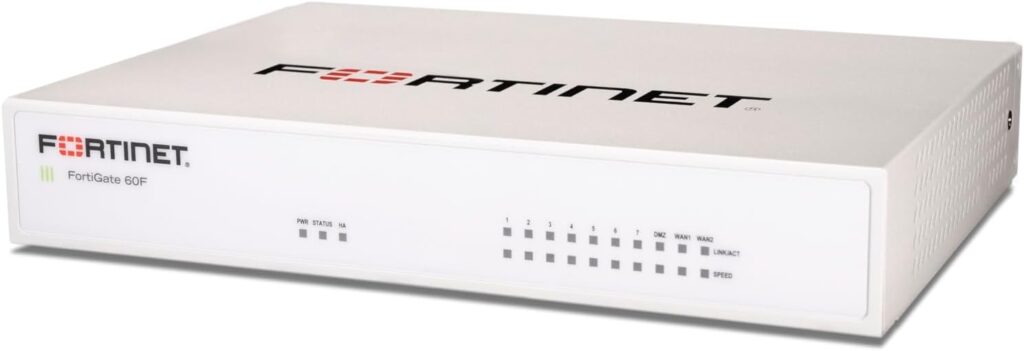It’s a holiday rush, and you have to deliver hundreds of orders from Canada to Florida. You are on a tight deadline, and your customers are expecting fast delivery—no delays, no excuses. You choose air freight because it is quick and reliable. But then you remember something important: customs.
Custom clearance can either be a smooth checkpoint or a frustrating roadblock. When you are working against the clock, you need your shipment to clear customs quickly – without any paperwork issues or missing details.
Whether you are a first-time shipper or you have handled logistics before, you should know how to manage the customs process for air freight. And yes—it’s not as complicated as it sounds, as long as you are prepared.
This article guides you through the process of handling customs for air freight shipments, so your goods move quickly and smoothly across borders, especially when timings matter the most.
What Customs Is and Why It Matters?
Before anything else, it’s helpful to understand what customs actually are. To put it simply, customs is a process where a country’s authorities check that the goods entering or leaving the borders are legal, safe, and properly declared. Every country has its own rules, taxes, and paperwork requirements for imports and exports. Therefore, when you are sending goods, you need to make sure your shipment complies with the destination country’s regulations to avoid delays, extra fees, or even confiscation.
Now, what if your paperwork is not right or your shipment raises any red flags? Well, in that case, your shipment can be delayed, rejected, or even worse. So it’s better to keep everything clear, correct, and straightforward before your shipment even leaves, to avoid unnecessary headaches and keep your delivery on track.
The Steps of Handling Customs
Now, let’s understand the key steps to handling customs for air cargo international shipping. Following these will help you avoid delays and make sure your goods reach their destination smoothly and on time.
Collect the Right Documents
Documentation work is the first and most necessary step. You need to have the correct paperwork prepared before you ship your goods. While requirements can vary depending on the country’s rules, below are a few key documents that are needed most of the time.
- Air Waybill: Your airline or freight provider issues an air waybill (a kind of legal shipping document) that acts as a contract between the shipper and carrier. This document also includes tracking details.
- Commercial Invoice: This is a detailed bill that shows who is selling the goods, who is buying them, and what their value is. When you are preparing a commercial invoice, make sure to include descriptions of the items, prices, the currency used, and terms of sale.
- Packing List: In this list, you should clearly define how the goods are packed, including their dimensions, weight and item count.
- Origin Certification: It depends on the country, like some may want this certificate to confirm where the goods were made–basically to check their authenticity.
Properly Classify All Your Goods
There is an HS (Harmonized System Code) code that you should assign to every product you are shipping. This is an internationally standardized code used to classify your goods, and it is a critical part of the customs process.
How do customs use this code?
They use the HS code to check what you are shipping, apply the correct duties and taxes and also check if restrictions or special regulations apply. In short, it helps them decide how your goods should be treated at the border.
What if you use the wrong code? Well, in that case, you could end up paying too much duty, face fines, or experience delays for misdeclaration.
Not sure which HS code to use? It’s better to check with your air freight provider.
Keep a Budget for Taxes or Duty
When you are shipping goods internationally, be sure to keep a budget for taxes or duties that may apply according to the country’s regulations. These costs are typically based on the CIF value (Cost + Insurance + Freight), the product type, and the destination country.
Some goods may be duty-free depending on trade agreements, while others might have high tariffs. So it’s better to plan a budget for these costs ahead of time. So you are not caught off guard when your shipment arrives.
Work with a Reliable Custom Broker
Sometimes things can be complicated, especially if you’re new to shipping internationally. So it is best to work with a reliable customs broker or freight provider like Amerjit International. These professionals are familiar with the custom process and can handle it on your behalf. Plus, a custom broker has a license to deal directly with customs authorities and make sure your paperwork is in order, taxes are paid, and shipments clear without interruptions.
In addition to handling customs, they also help you track the shipment, handle queries, and keep things moving smoothly.
Bottom Line
In the end, handling customs for air freight shipments does not have to be stressful. Like most things in logistics, it’s all about being prepared. When you have the right documents, know your product details, plan a budget ahead, and work with experienced partners like Amerjet International, the process becomes a lot smoother.














